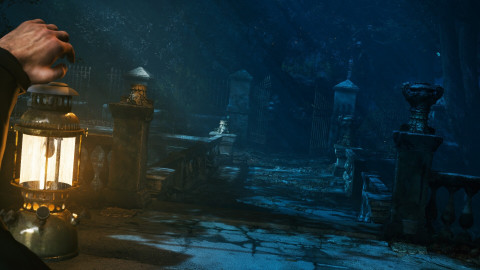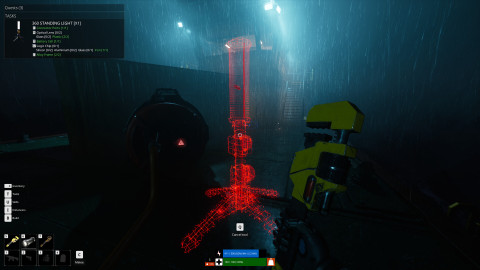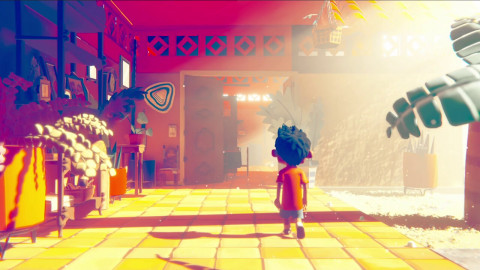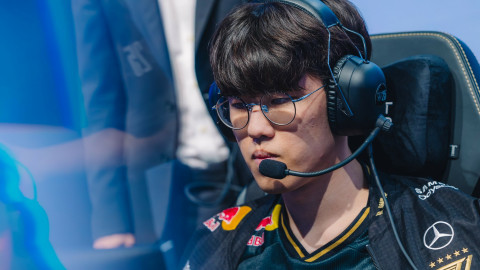
The original Destiny was slated to be the game of the next generation. Developed by Bungie – a studio that had already garnered nearly universal acclaim for its Halo series – the science-fiction shooter promised to be unlike anything players had seen before, combining a “shared world” with an expansive science-fiction story, perfect first-person shooting, and enough endgame content to keep you busy for years. But when the game released in late 2014, the response wasn’t what Bungie and publisher Activision had hoped for. Players complained of a paper-thin story largely locked behind “Grimoire” cards only viewable online. The open-world content was repetitive. The system for unlocking new items was frustrating and often unfair. And while expansions such as The Taken King helped to move the game closer to Bungie’s original vision, it’s safe to say that expectations were much more grounded for Destiny 2.
Well, we should have been more excited.
After spending several hours with Destiny 2 across its competitive multiplayer mode, campaign, cooperative “Strikes,” and open-world activities, I’m nothing short of stunned. Destiny 2 is the game that players wanted the first time around, with Bungie’s classic cinematic storytelling, action-packed missions, and entertaining, often funny characters. It even keeps the best elements of the original, including its wonderful shooting mechanics and environments, to create a game so content-rich and consistent, that it’s entirely feasible for someone to make it their only game for the foreseeable future.

Set after the events of the original game and its expansions, Destiny 2 finds the Guardians of Earth largely powerless to stop the invasion of the dastardly alien Dominus Ghaul and his Red Legion army, made up of the Cabal race we’ve fought against in the past. After stripping the Guardians of the “Light” power shared with them by the mysterious “Traveler” vessel, Ghaul and his soldiers lay waste to the Last City – humanity’s sole remaining stronghold on Earth – and seek to trap the Traveler and extract Light for themselves. But it isn’t long before a group of Guardians discovers a workaround, allowing them to regain their special powers and begin a guerilla-style campaign to take back the planet and stop Ghaul from causing damage to the entire galaxy.
Destiny 2’s story is, in many ways, comparable to Bungie’s Halo 2. Earth is on the brink of total annihilation, the enemies have all congregated on the planet and laid waste to civilization, and enemy races have become just as preoccupied attacking each other as they have attacking earthlings. Thus far – about halfway through the main story – I’ve felt it’s done a decent job with its storytelling, at least as a way to shepherd players across several different locations. Its characters, particularly returning favorites like Zavala and Cayde-6, still give plenty of great banter during missions, and your Ghost companion works well as a constant voice in your ear. Nothing matches Halo’s Cortana or Sergeant Johnson, but with so much more happening at any one time in Destiny 2, it’s pretty much impossible for any one person to get too much screen time. Perhaps that’s an issue that could have been rectified in the script, but by keeping its story moving and scattering it across several planets, you rarely get the sense of déjà vu often permeating the original game.

At nearly any point, you can break off from the main story and instead take part in side missions the game dubs “Adventures.” These are smaller than the standard campaign missions and they litter each planet’s map, but they’re not comparable to the quick, repetitive “patrols” of the first game – though those are still included. Instead, Adventures give a little extra context for the main story, moving you through the catacombs and buildings of each planet in order to take down a particularly nasty Hive Knight or establish a communications network to reach other survivors. While they aren’t absolutely essential to understanding the story, you’d be missing out on a huge portion of the game by skipping over them. Each has plenty of set-pieces I honestly only expected to see during the campaign, and the climactic, action-packed battles that often cap each one were clearly not afterthoughts. Bungie put its heart and soul into making sure that they were worth your time, and it shows.
But aside from just the mission structure and environments, what makes Destiny 2’s solo content work so well? Largely the same mechanics and abilities that made the moment-to-moment combat in the first game so engaging. Weapons handle with a combination of weight and precision that makes hitting distance targets feel fantastic, and Bungie smartly reorganized its weapon categories to bear more resemblance to the Halo series. Now, your two main slots are “Kinetic” and “Energy.” While the former works better against standard enemies, the latter is more effective against shields, and switching between the two on the fly is key to taking down harder baddies. Special “Power” weapons like shotguns and grenade launchers can do extra damage in sticky situations, but ammo is consistently scare.
It’s the Guardians’ special abilities, however, that truly make them feel like unstoppable killing machines. In addition to double and triple-jumps to reach higher distances, the three classes – Warlock, Hunter, and Titan – have a few extra moves capable of taking down a huge number of targets. The Hunter can use a grenade that turns into a swarm of murderous drones, for instance, and the class has access to a throwing knife to quickly take out a close target. Special “Super” abilities like the Golden Gun can also give you an edge, with each shot capable of killing a standard enemy. Knowing when to use these special abilities and when to rely on standard weaponry is learned over time, but once you’ve gotten a rhythm for the combat, your Guardian begins to feel unstoppable.
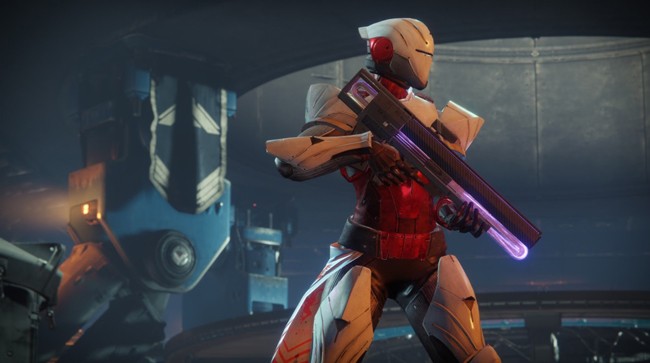
To enhance your Guardian’s abilities over time, which is particularly important during the campaign, you’ll constantly be equipping new weapons and armor. These can only be equipped after hitting their required level and boost both your offensive and defensive capabilities, with some also adding elemental effects to your shots or special properties to certain abilities. Much of the rush you’ll feel while playing Destiny 2 comes from getting the perfect weapon, but you never get too attached because in just a level or two, you’ll find something more powerful. It’s not completely an issue, as you’ll become familiar with just about every weapon type, but the rate at which you find new gear can be exhausting. Luckily, it isn’t quite as severe as Nioh, which would give you dozens or new armor pieces and weapons by the end of a mission, but it still forces you to return to the “Farm” social space in order to dump all your newfound loot.
Once you’ve teamed up with a few other players to take on one of the game’s cooperative Strikes, Destiny 2 really begins to shine. There are currently five in the game – six if you’re on PlayStation 4 – with each taking a group of three players through several difficult battles and even a few platforming puzzles before making it to a climactic boss battle. Thus far, I’ve been able to try out two of them, and they contained some of the most difficult battles I’ve faced in the entire game. For more spontaneous cooperative fights, you can also take part in special “Public Events,” which appear throughout the open world on each of the game’s planets. These are short encounters that only take a few minutes, but seeing a group of players all drop what they’re doing to take on an objective is exciting, and the rewards are definitely worth the extra effort.

However, there is another element of Destiny 2 that shouldn’t be overlooked: competitive multiplayer. Dubbed the “Crucible,” just as it was in the original game, the competitive offering removes statistical bonuses from weapons and armor, so the only thing keep you from taking out another player is your skill with your weapon and your choice of special abilities. If you’re just interested in taking out other players, modes like “Supremacy” and “Clash” let you focus on racking up kills, but the returning “Control” mode sees the Crucible at its strongest. Holding strategic points with teammates as you constantly displace to stop enemies from doing the same is a rush, even if you aren’t playing with friends, and Crucible gives you a continuous stream of experience points and rare items to make it worth your time.
The remarkable thing about Destiny 2 is that just one of its many activities could become your new obsession. If you love completing adventures and taking out bosses with strangers, you can spend countless hours roaming the open world. If you prefer something more structured, you can take part in Strikes and the upcoming raid with your clan. And if you just want to blast other players, you can easily make the Crucible your new destination for competitive multiplayer shooting. Not since Halo 2 has Bungie crafted a game that I can see myself playing for months on end, but that’s exactly what Destiny 2 is. It’s difficult to say at this point if post-launch content will be able to enhance the experience even further, but as it stands, the game is an absolute home run.
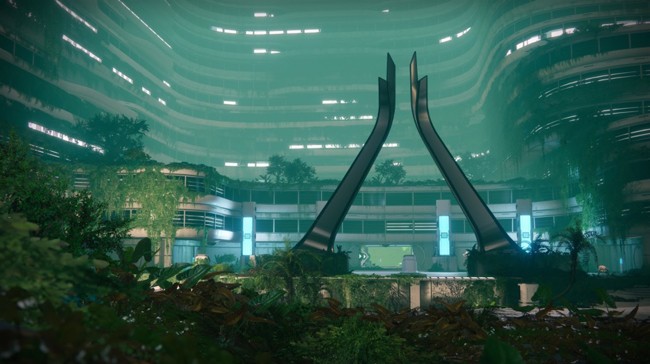
Disclaimer : The following article was written freely based on the author's opinion, and it may not necessarily represent Inven Global's editorial stance.
Sort by:
Comments :0


